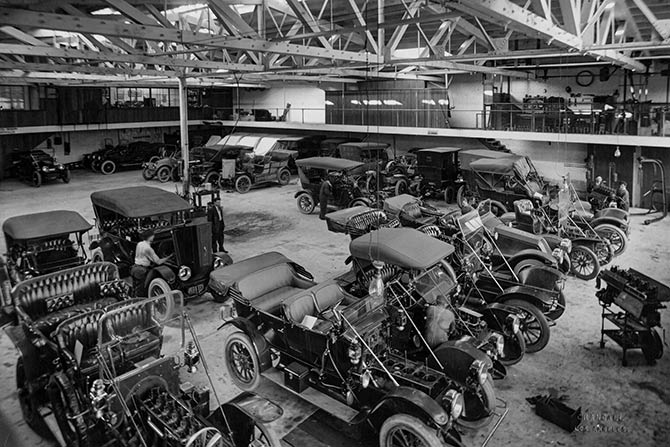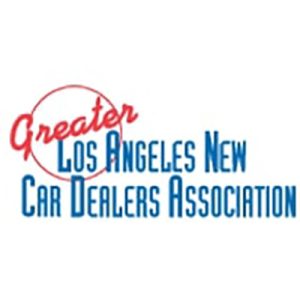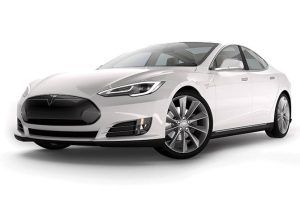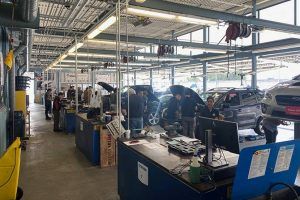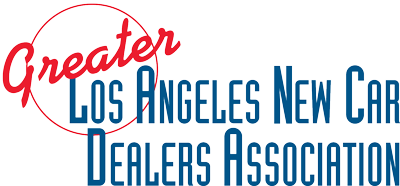Pictured Above: Early Dealership Service Department, Ralph Hamlin Collection, Seaver Center as featured in Driving Force: Automobiles and the New American City 1900–1930.

Recently retired GLANCDA Director Darryl Holter of Felix Chevrolet has a book out that discusses the origins and early years of retail automotive here in Los Angeles.
Los Angeles is widely recognized as the capital of automotive culture. The city — surrounded by miles of superhighways, crushing smog and traffic — is an originating point for global trends, and a place for automotive groups to connect individually and collaborate collectively. Just how and why did LA become a city of cars? The well-researched and illustrated book, Driving Force: Automobiles and the New American City 1900–1930 by Darryl Holter and Stephen Gee seeks to answer that question.

In the book, Holter states that a combination of key factors were the catalyst of LA’s automotive obsession. Unlike other large cities in the U.S., a majority of LA’s colonization and industrialization, began late in the 19th century, concurrent with the expansion of the automobile. “Both came of age at the same time, they sort of grew up together, and their relationship was intertwined,” Holter explains.
The mild climate of Southern California allowed cars to be used year-round — this was a boon for dealers and an attractive market attribute for consumers in the early years of automobiles. And, unlike New York or Chicago, where trains cut across the city as well as commuting to the outskirts of town, the fixed rail system in LA was set up mainly to move people back and forth from work in the center of town to their residences in the suburbs. The car offered the freedom to travel at will.
The varied geography of Los Angeles — inland valleys, coastal plains, low mountains, steep passes and a long seacoast — and the residential and commercial development of it, lent itself to the car and vice versa. “The automobile allowed people to go farther away from the center, higher into the hills, closer to the desert, closer to the ocean,” Holter explains. “And that, of course, meant that real estate could be developed there.”
The growing film industry prospered as well, using automobiles to scout and shoot in varied locations — urban, suburban, rural, mountainous, seaside, riverside, desert and ranch — all within easy reach of the city. The arrival of the car meant that filmmakers and actors no longer needed to carry their equipment or wear their costumes on the train or streetcars. “Hollywood made the car, and the car made Hollywood,” Holter says.
But, the main focus of the book is on how L.A. became the epicenter of the automotive market, and the local dealer was crucial. Holter attributes that to one main reason. “It was these really local entrepreneurs, bankers and car dealers, local risk takers, who provided the critical link between the carmakers and buyers,” he says. “It was the dealers who found ways, through trial and error, to put people behind the wheel, and eventually convinced them that the car was a necessity and not just a luxury.”
These early dealers and many of their creative innovations are still in practice today. Primary among these were the independent car dealership franchise, the used-car market and dealer-sponsored service centers. But conceivably, the most profound idea was that of hard goods financing: making a large purchase on credit. Prior to the automobile, the concept of an accessible and increasingly necessary category of commercial goods — one within reach of the common person, but which couldn’t readily be purchased outright — didn’t exist.
“Neither the factories nor the banks or the finance companies offered retail credit in these early years. So, the dealers, because they wanted to sell cars on their own, started to experiment with paying on running credit by accepting down payments and promissory notes,” Holter says.
Even more fascinating is the pattern Holter uncovers between retail establishments and the early broadcast industry. L.A. dealers were among the first owners of local radio stations such as KFI and KNX. “These stations were launched primarily as a way of selling cars,” Holter says. “These dealers became wealthy so quickly that they were seeking the next groundbreaking technology, looking for the next investment,” Holter says. “That’s the type of entrepreneurs they were.”
This book holds a large amount of contemporary importance, as today, consumers and automakers debate the validity of the franchise dealer system. “I think that some of the same factors that caused direct sales approaches to fail more than a century ago may still prevent high volume manufacturers from really being able to go totally direct,” he says.
According to Holter, these include personal contact in sales and negotiations, as well as plans for delivery and repairs. “Things like that,” he says, “I don’t think are handled well by the internet.” One might add that the unfair, be it fixed pricing, allocations and other deceptive practices, that OEMs have granted to the stores they own in the recent past, is one of the main reasons for the establishment of the franchise dealer system in the first place.
Holter goes on to say that the story of the car’s emergence, and the ensuant global domination, speaks volumes to our current shifting environment, and the potential for unanticipated consequences of new inventions — like functional AI. “It’s a reminder of how we have changed society and how hard it would be for people to give up those changes,” Holter says. “But it’s also a reminder that if you create the right technology at the right price, the impact can be enormous.”
To learn more about the early history of automobiles in Los Angeles or to purchase Driving Force: Automobiles and the New American City 1900–1930, please click the link below or visit your local bookstore.
https://www.amazon.com/Driving-Force-Automobiles-American-1900-1930/dp/1626401233
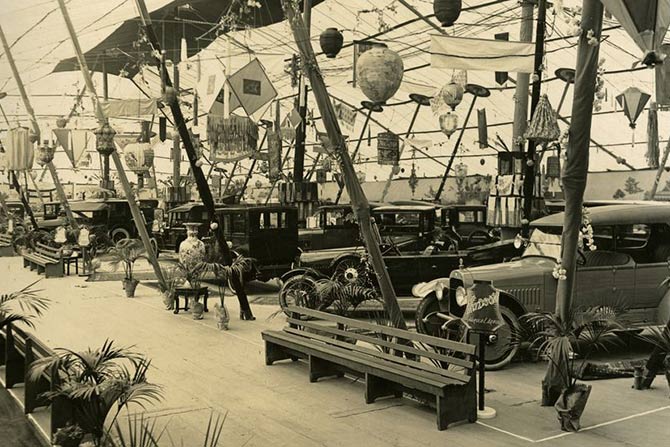
The 1919 Los Angeles Auto Show, Ralph Hamlin Collection, Seaver Center as featured in Driving Force: Automobiles and the New American City 1900–1930.



